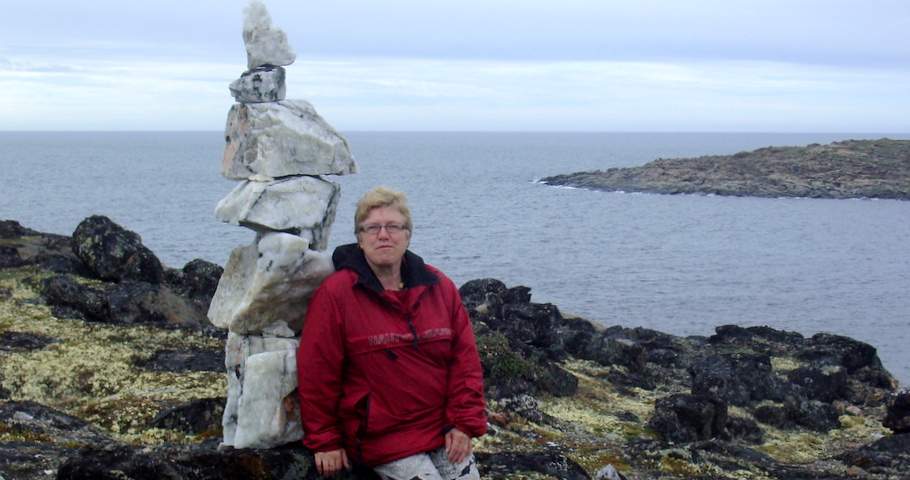 The purpose of the project No Child Should Take the Long Way Home in its final objective is to empower mothers in Nunavik communities in Quebec, Canada to become safer, to be aware of their legal rights, and families to understand the risk factors leading to the removal of their children. Safety standards for women and for children must be designed in services offered to the population of isolated communities.
The purpose of the project No Child Should Take the Long Way Home in its final objective is to empower mothers in Nunavik communities in Quebec, Canada to become safer, to be aware of their legal rights, and families to understand the risk factors leading to the removal of their children. Safety standards for women and for children must be designed in services offered to the population of isolated communities.Overcrowded housing in northern communities contributes to the maintenance and rise of social problems and largely affects safety issues in Nunavik and Nunavut's women and children.
Reconciliation and the possibility of more inclusive communities
The walk of 8000 km is my way to start conversations centred on reconciliation and the possibility of more inclusive communities. By talking to people about the Inuit reality, I hope to encourage a shift in perceptions and a more equitable future for the Inuit.
My project No Child Should Take the Long Way Home is a unique opportunity to provide HOPE to people who face very challenging times.
Promises have been made
Finally, there have been promises made: “We are determined to reduce the number of indigenous children in care … to keep the family intact if at all possible,” Dr. Bennett said, adding that, “we know we’ve got to get going on affordable housing, on women’s shelters, on the child-welfare system, on preventing child abuse, and developing a comprehensive human-trafficking strategy in the near term’’, rather than waiting for a commission’s recommendations is what keep me going. I won’t be ready to put my project down until these promises have been kept. But I hope social conditions get better soon.Racism, sexism affects everyone’s ability to address inequalities
In our ever more evolving world, I feel we need to provoke a questioning about our leaders’ mindset. Unfair systems that promote the wealth and opportunity of some at the expense of considerable others is a form of oppression. From that same mindset arises racism, sexism, inequalities. This affects everyone’s ability to address inequalities. Justice is not being served in the far communities of Nunavik.As an outsider, I plan to use my privilege of knowing more than some others about the Inuit reality to support and amplify their VOICE.
The importance of building trust
One of the important lessons I have learned as I go along this walk is the importance of building trust, mostly through listening.I recognize and respect that everyone has their own individual perspective but I am aware that some issues are inextricably linked to other issues. Community development in the northern regions needs to be approached from multiple perspectives with as many actors as possible-housing, justice, employment, etc.
Barriers that girls face in the North
To give an example, when you know the barriers that girls face in the North, you know you are facing an issue of human rights. Child protection against abuse, sexual exploitation, trafficking and all forms of violence are current issues that need to be addressed in Inuit land. Safety of women and children is one of the most significant public health emergencies in this country.There are specifics I listen to that reflect Saturviit's preoccupations, such as:
‘’How do we promote the self-esteem of the girls and the women through community engagement? ‘’
‘’How can they find community-driven solutions for addressing issues of safety for the women and children of those communities? ‘’
‘’How do they develop a training curriculum as part of a strategic planning to promote safety in each community?’’
‘’What are the systemic factors that perpetuate and contribute to disparities amongst the community members?’’







No comments:
Post a Comment